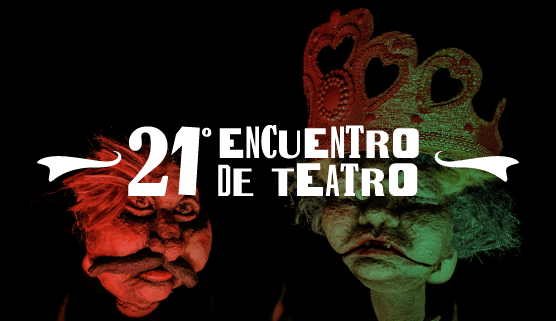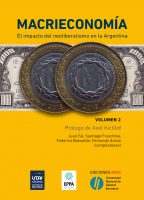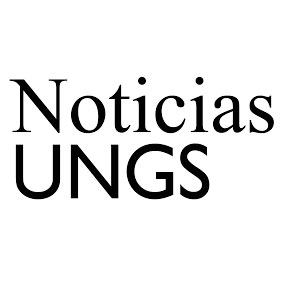La configuracion del sindicalismoneodesarrollista empresarial. Alianzas y disputas en el ciclo kirchnerista
A sector of labour organizations became a dominant figure for its socio-economic dynamism and political weight in the last decade. Neo-developmentalist business unionism is characterized by conjugating a major corporate player capable of operating as a power factor, but showing serious deficits in terms of representing the interests of the whole working class and a weak presence in the political system.In which context and under which conditions did neo developmentalist business unionism emerge? Which are its specifical features? Which continuities and ruptures present its configuration in relation to other figures of the Peronist labour in historical perspective?
The new pattern of accumulation open in 2002 was defined by the juxtaposition of a greater concentration and foreign capital with the implementation of redistributive mechanisms coordinated by the State. This process took place in the frame of shifting alliances between actors of labour and capital.
The decline of unemployment and reindustrialization replacement allowed the incorporation of new workers and a generational change in the workforce. However, persistent levels of unregistered employment ranging between 30% and 35% of employees and the consolidation of insecurity as a structural element of labour relations, reinforced the crystallization of fractures and inequalities within the set wage labour inherited from the boom phase of neoliberal policies.Unlike recorded in the previous stage, government policies were directed towards the revitalization of the domestic market and increased activation of the state regulation of the workforce, seen in the annual and continuous call for tripartite social dialogue bodies (in the Minimum Wage Council, Vital and Mobile) and collective bargaining by industry (registering a sharp increase in wage negotiations and expanding coverage). And as a result, a relative recovery in the purchasing power of wages and worker participation in the national product.In the present stage, there were a renewal of tradeunionism, a process of restructuring, with a dominance of fractions of formal private sector of economy, mainly in services and industry. Within this cluster, transport of cargo have an important role, linked to its strategic position in a motorized economy and led by producer of goods for the export sector.Under these conditions a particular type of unions identified with the political culture peronista and Partido Justicialista was conceived. The mainly leadership of union power is organically articulated with the political system, with a strong leadership of Hugo Moyano, a conductor who served as the main interlocutor between workers and government.Historical vindications of tradeunionism were recovered, social dialogue were opened. As well as, unions leaderships arrive to positions in government administration and were timidly opened the doors of the parliamentary game (giving some places on the lists of legislators). For its part, the union leaderships were adapted to the guidelines of the National Executive and committed to the containment of labour disputes in the workplace, which showed an upward trend since 2005.The relationship between CGT and Kirchner´s government was characterized, until 2012, for a strong partnership based on mutual cooperation. The emerging new union figure in this context the union leadership incarnated in Hugo Moyano. The leader of the truckers was definitely a star of the national policy for the past 15 years. His wide repertoire of action include direct action against employers and governments or in partnership with them, mobilization and street rally, institutional penetration in the state, parliamentary activity and electoral political party, the dispute over representation in various branches activity, the development of a type of business unionism and participation in broader socio-political coalitions.This research has been proposed to analyze the processes of genesis, consolidation, rise and fall of this emblematic figure of peronista labour through an approach that underlines the socio-political dimension of their configuration, directing attention to building alliances and coalitions with other social actors and the state, the creation of areas of tension and disputes, as well as investigating the ideals and imaginary mobilized. The interest was geared to think how economic, social and political transformations in the first decade of this century affected and collective actors went through to work.







